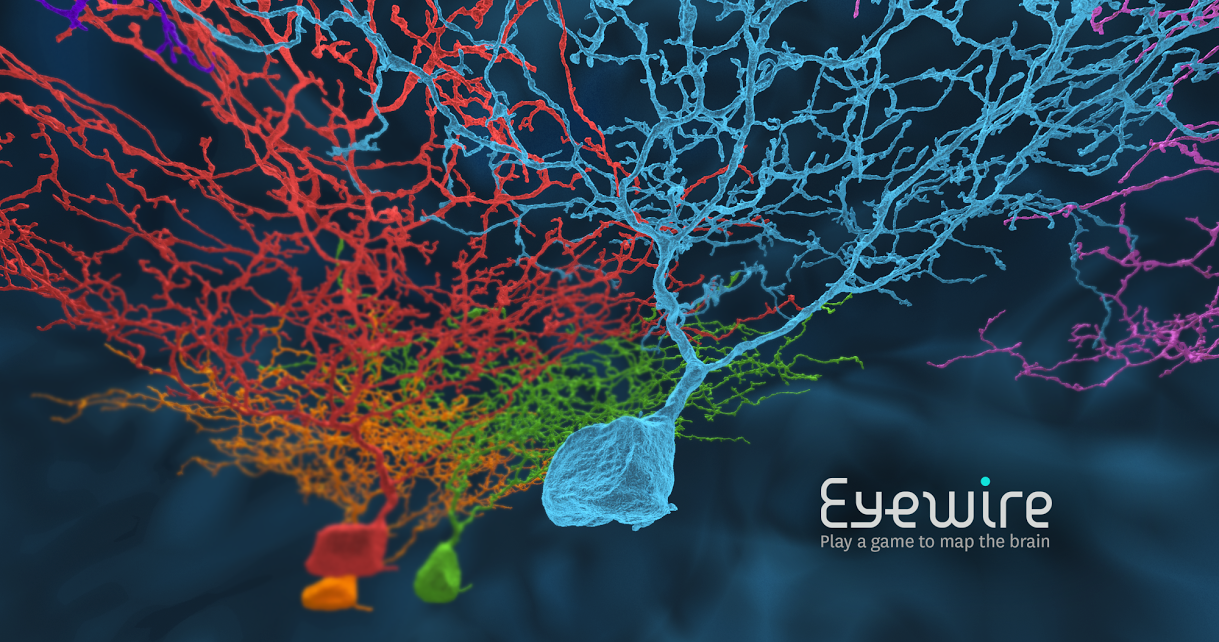Tagged: computational neuroscience
EyeWire: Crowd Sourced Research
Do you fancy yourself a scientist? Are you unable to work in a laboratory? Now with online crowd sourcing technology, you can be on the front line of cutting-edge discoveries. In the same fashion that people raise money through crowd sourcing on websites like KickStarter and GoFundMe, researchers at MIT have created a program to capitalize on the thousands of people that have access to a computer. The project is headed by Dr. Sebastian Seung using data collected from the Max Planck Institute for Medical Research. The goals of the project are to reconstruct the three-dimensional shapes of retinal neurons from two-dimensional images, to identify synapses in order to map the connections between neurons, and to relate this connectivity with the known activity of the neurons. Completion of these tasks will contribute to the overall goal of developing the connectome, a project with the same ideal of the Human Genome Project, but for neural connections instead of genes.
Currently, Eyewire is mapping four types of cells: amacrine, bipolar, ganglion, and glial cells. Many processes are used to map these cells. First, cells are photographed using serial block-face scanning electron microscopy (SBFSEM). This technique uses two groups of materials to stain a sample. The heavy metals osmium, lead, and uranium are used and an epoxy resin, or a type of plastic, are combined to produce a sample that can easily be read by a scanning electron microscope (SEM). The heavy metals react with a focused beam of electrons coming from the SEM to create a high resolution two dimensional image. A three dimensional image is created by combining layers of the sample, with each layer being about 70 microns thick.
Brain-Machine Interface: Creating Mind Controlled Robots
In the United States alone there are about a quarter of a million people affected by spinal cord injury with over 10,000 new injuries resulting in conditions such as paraplegia and quadriplegia each year. Spinal cord injuries can be completely debilitating and can occur when least expected. Drawing from a high school memory of mine, a hockey player from a town nearby was pushed head first into the boards one night during a game and sustained a severe neck injury, permanently impairing his motor skills and changing the course of his life. More
